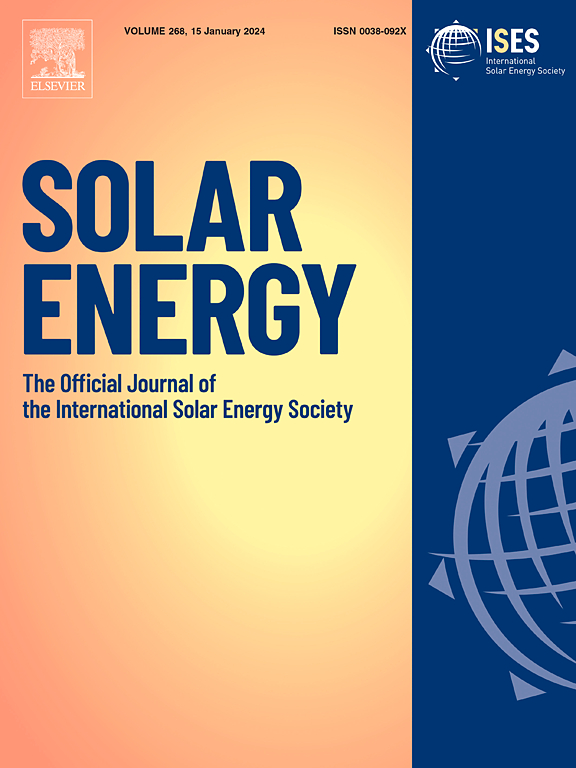Probing the impact of HTL layers on CsGeCl3-based perovskite solar cells for photovoltaic performance
IF 6
2区 工程技术
Q2 ENERGY & FUELS
引用次数: 0
Abstract
As research progresses, lead-free perovskite substitutes are being developed to preserve high efficiency while reducing health and environmental risks. CsGeCl3 (Cesium Germanium Chloride) is gaining attention as a promising material for solar cells, particularly in the context of perovskite-like or alternative lead-free photovoltaics devices. This study investigates the photovoltaic performance of CsGeCl3-based perovskite solar cells (PSCs). It specifically examines how the performance is influenced by the different Hole Transport Layer (HTLs), including Cu2O, CBTS, CuI, and PEDOT: PSS and Electron Transport Layers (ETL) of WS2 with an serving as the back contacts. Key factors impacting device performance, such as exploring the effect of varying absorber layer thickness, defect density HTL thickness, and different HTL combinations, are thoroughly examined. Through the simulation study, the optimized power conversion efficiency (PCEs) for devices using Cu2O, CBTS, CuI, and PEDOT: PSS as HTLs are 22.97, 23.03, 22.80, and 22.98 respectively at an optimal absorber thickness of 700–900 nm. Also, the study examines how the important parameter variation impacts the performance of the solar cells (SCs). This study leverages extensive simulation using SCAPS 1D to explore the performance of the optimization of CsGeCl3-based perovskite solar cells (PSCs), providing valuable insights into the potential for high-efficiency, lead-free photovoltaic application.
求助全文
约1分钟内获得全文
求助全文
来源期刊

Solar Energy
工程技术-能源与燃料
CiteScore
13.90
自引率
9.00%
发文量
0
审稿时长
47 days
期刊介绍:
Solar Energy welcomes manuscripts presenting information not previously published in journals on any aspect of solar energy research, development, application, measurement or policy. The term "solar energy" in this context includes the indirect uses such as wind energy and biomass
 求助内容:
求助内容: 应助结果提醒方式:
应助结果提醒方式:


